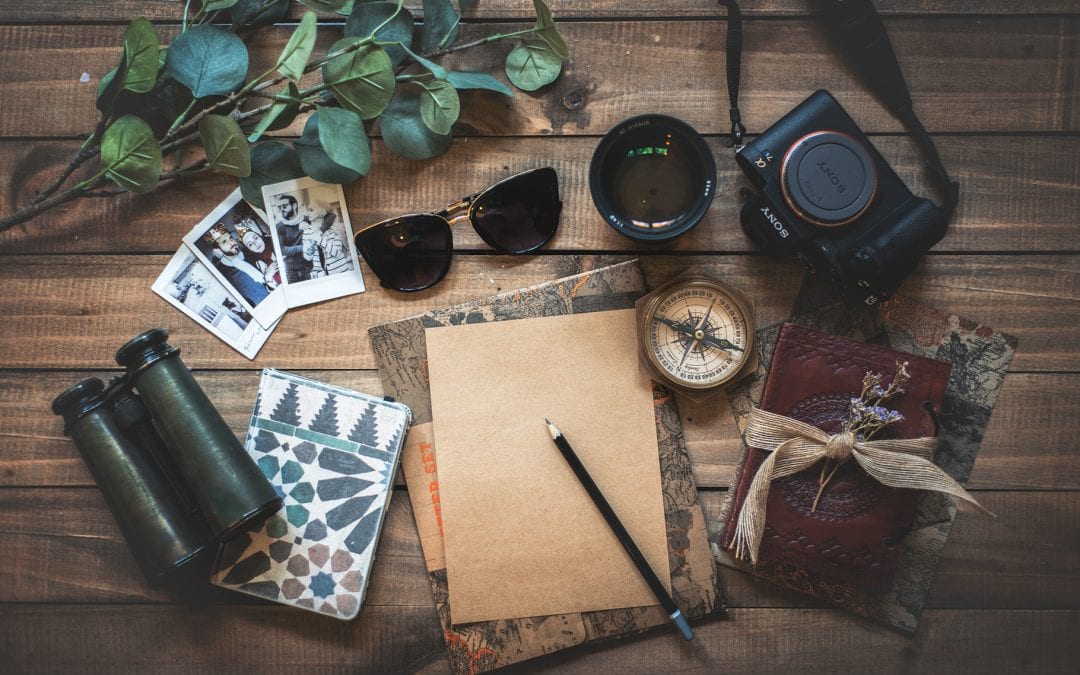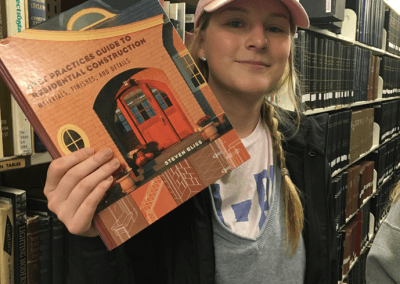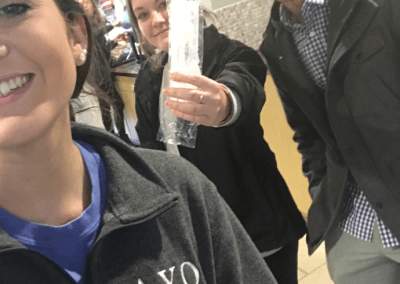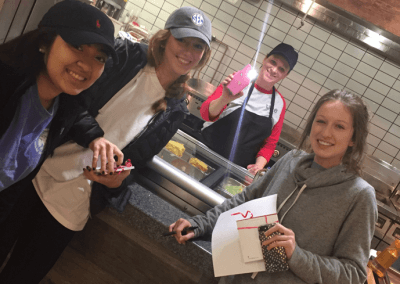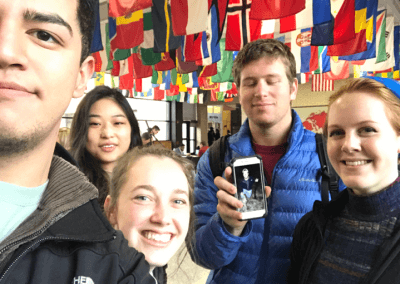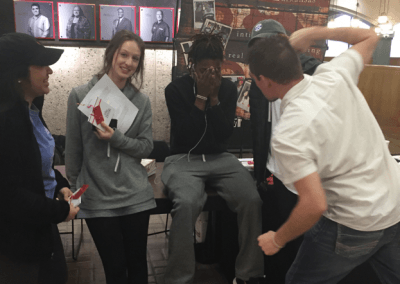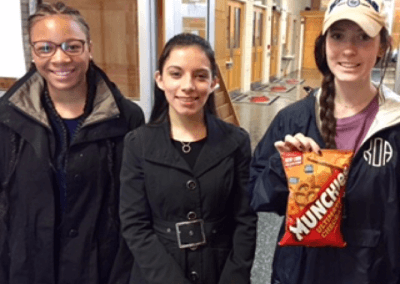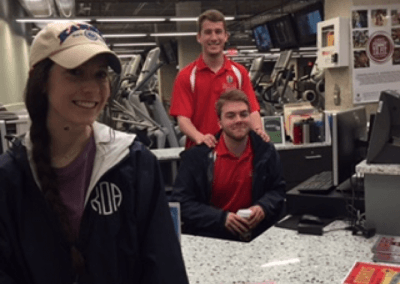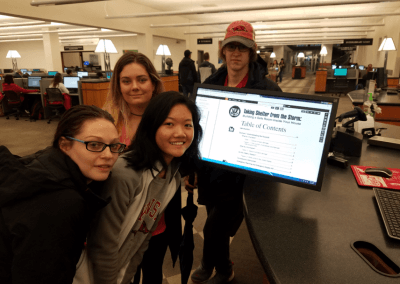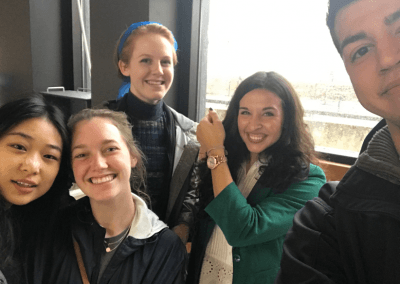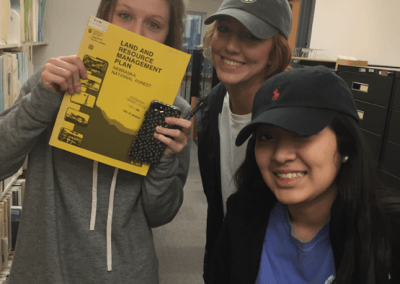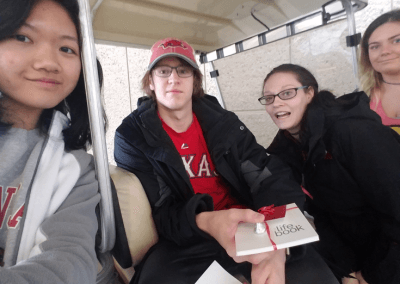Student Involvement–We all want it!

Scavenger hunts might seem like a relic from childhood. However, they help students:
- Learn to work in groups
- Get out of the classroom once in a while
- Talk to people
- Learn how to collect data
- Learn to do research
The Set-Up
First, the prompt..
I give this to them after they form groups and right before they take off.
Example:
In a dystopian society, there are often items or skills which are hard to find. It is your mission, as a group, to find these hard-to-find commodities, and bring them back to the starting point within 60 minutes. You should presume the internet has been knocked out of commission, so you cannot use your phones or a computer to find the articles or people. You do need to take pictures of your group with the items (this is the only way you can use your phone – I am trusting you on this). For the skills, you should take a picture of your group with the person and some kind of proof (a photo on their phone showing them performing the skill, or other proof). You should email me the pictures when you upload your reflection. (I tell them only one person can be missing from the picture – the one taking the picture!)
- Matches/lighter
- School newspaper (for news)
- An analog watch
- A map of the University (so you can find your way around)
- A non-perishable food item
- A first-aid kit
- A flashlight
- A book on dystopian literature
- A book on how to make a shelter (from the library)
- Plastic utensils
- A golf cart (you have to be able to get around)
- Someone with medical training (not a group member)
- Someone who can hunt (it cannot be someone in your group)
- Someone with hiking experience (still cannot be someone in your group)
- Someone with self-defense training (uhuh, not in your group)
- Someone who is a good swimmer (not in your group!)
We met at the Union and I told them to come back within the hour having found as many of the “things” as they could.
They were to use their phones for evidence of their “finds” and email the pictures to me.
These are a selection of the photos I received…
In case you are wondering how to make a scavenger hunt into an “assignment” – I had the students write a reflection:
As a group, write a reflection on how difficult it was to find each of the “items.” Which “items” were harder to find? Why? Which “items” were easy to find? Why? Was it easy to work in a group? Why/Why not? How well do you think your group would survive in a dystopian world?
Further Applications
This was an assignment worth 10% of their grade …But you can do much smaller scavenger hunts too.
You can use a scavenger hunt to research a paper.
You can use a scavenger hunt to start a group working as a group.
You can use a scavenger hunt to get your students performing primary research by sending them out to find people/information.
How could you use them?

